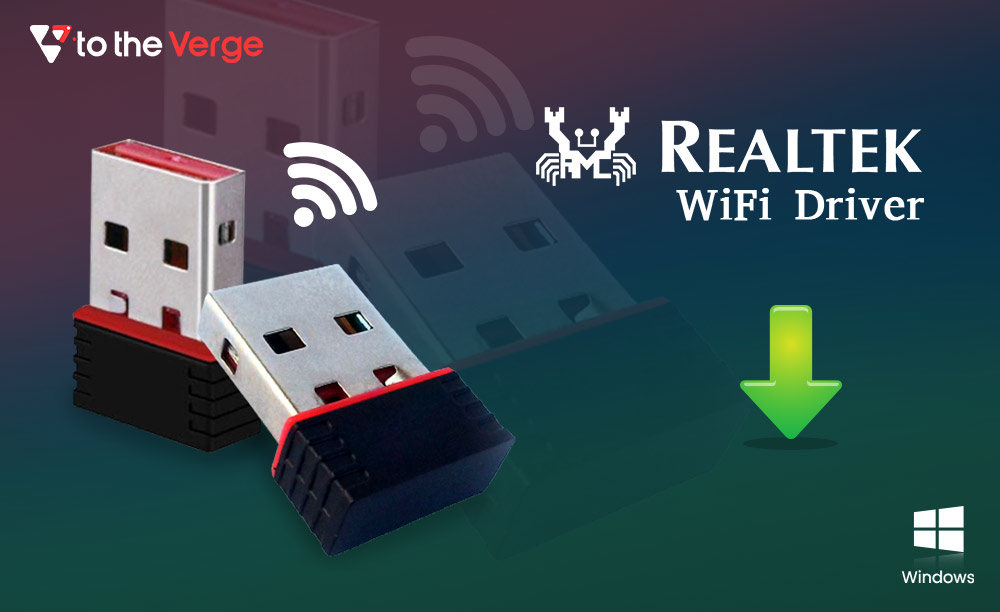1. Introduction: The Evolution of Mobile Technology
The world of mobile technology has come a long way since the days of bulky brick phones. From the initial steps of mobile telephony to the advent of smartphones, the progression has been nothing short of remarkable. This article delves into the fascinating history of mobile technology, tracing its evolution through various stages. We will explore the early days of brick phones and flip phones, the rise of feature phones that added functionality, the game-changing emergence of smartphones, the revolution in mobile operating systems, the transformative impact of mobile applications, advancements in mobile connectivity, and finally, a glimpse into the future of mobile technology. Join us on this journey through time as we uncover the incredible transformation that has shaped the way we communicate and interact in the modern world.
2. The Early Days: From Brick Phones to Flip Phone
In the early days, mobile phones were monstrous devices that resembled walkie-talkies more than the aiotechnical.com sleek gadgets we are accustomed to now. The birth of mobile telephony can be traced back to the 1970s when Motorola introduced the first portable cellular phone, the DynaTAC 8000X. It weighed a whopping 2 pounds and had a price tag that would make your eyes water. But hey, it was portable!
2.2 The Rise of the Brick Phone
The 80s brought us the era of the brick phone. These devices were large, heavy, and had antennas long enough to make you feel like you were trying to communicate with aliens. But they were also a status symbol, a sign that you were a person of importance. Who cared about the inconvenience of carrying a brick around when you could make calls on the go?
2.3 The Transition to Flip Phones
As the 90s rolled around, mobile technology started to shrink in size. Flip phones entered the scene, providing a compact and more portable alternative to the brick phones. Suddenly, you could end a call with a satisfying snap and slip your phone into your pocket like a secret agent. And internetchicks let’s not forget the joy of playing Snake during boring meetings. The transition to flip phones marked a major shift in mobile design and set the stage for what was to come.
3. The Rise of Feature Phones: Adding Functionality to Mobile Devices
Feature phones, also known as dumb phones (not to be confused with the intelligence of their users), brought a new level of functionality to mobile devices. While they lacked the sophisticated operating systems of smartphones, they introduced features like color screens, customizable ringtones, and even basic internet access. Suddenly, your phone wasn’t just for making calls – it was a fashion statement!
3.2 Advancements in Mobile Design and Form Factor
As feature phones gained popularity, manufacturers began experimenting with different designs and form factors. We saw sliders, swivels, and even phones that rotated like a mini disco ball. The possibilities seemed endless, and everyone wanted to own the coolest-looking phone that would make their friends jealous. Who cared if they didn’t function as well as they looked? It was all about the aesthetics, baby!
3.3 The Emergence of Text Messaging and Mobile Internet
With feature phones came the birth of text messaging and mobile internet. Suddenly, sending short and sweet messages to your friends became the preferred method of communication. And let’s not forget the excitement of waiting for a web page to load, one pixel at a time. Feature phones made us feel like we were living in the future, even if it took ages to type out a simple message on a T9 keyboard.
Also Know: 3D Technology: The Future And Applications
4. The Game Changer: The Emergence of the Smartphone
And then, the smartphone arrived, changing the mobile landscape forever. But what exactly is a smartphone? Well, it’s not just a phone that’s smarter than you (although sometimes it feels that way). A smartphone is a device that combines the functionality of a phone with advanced computing capabilities, offering features like email, web browsing, and downloadable applications. In other words, a mini computer in your pocket!
4.2 Early Smartphone Pioneers
Early smartphone pioneers like Nokia, BlackBerry, and Palm paved the way for the handheld wonders we use today. They introduced features like QWERTY keyboards, touchscreens, and the ability to install third-party applications. Suddenly, your phone wasn’t just a phone – it was a personal assistant, a gaming console, and a portal to the vast depths of the internet. The possibilities were endless!
4.3 The Impact of Touchscreen Technology
One of the biggest game changers in the smartphone revolution was the advent of touchscreen technology. Suddenly, we could swipe, tap, and pinch our way through apps and websites. It revolutionized the way we interacted with our phones and made us feel like tech-savvy wizards. Of course, it also meant dealing with the occasional accidental pocket dial or embarrassing auto-correct fail, but hey, nobody said progress was perfect!
And there you have it, a brief history of mobile technology from brick phones to smartphones. From the chunky bricks that started it all to the sleek and powerful devices we carry today, mobile technology has undoubtedly come a long way. So next time you complain about your phone being a few grams too heavy or not having enough storage space, remember the giant bricks of the past and be grateful for the wonders of modern mobile technology. Keep evolving, mobile devices!
5. Mobile Operating Systems: Revolutionizing User Experience
Ah, the unsung heroes of our smartphones—the mobile operating systems. These little bundles of software magic deserve a moment in the spotlight. Mobile operating systems are the brains behind our devices, enabling us to navigate through apps, browse the web, and perform all sorts of wizardry with our thumbs.
5.2 Evolution of Mobile Operating Systems
It’s hard to believe that mobile operating systems have come a long way since their humble beginnings. We’ve witnessed the rise and fall of various contenders, from the early days of Symbian and Windows Mobile to the dominance of iOS and Android. These operating systems have evolved to keep up with the demands of an increasingly connected world.
5.3 Key Features and Advancements
Mobile operating systems have brought us a plethora of features to make our lives easier. Remember when we finally got copy and paste? It was like discovering a secret superpower. Over the years, we’ve seen advancements like voice assistants, customizable widgets, split-screen multitasking, and more. These features have revolutionized the mobile experience and turned our devices into powerful companions.
6. The App Revolution: Transforming Mobile Devices into Multi-functional Tools
Let’s talk about apps, baby. They’re not just catchy jingles, they’re the heart and soul of our mobile devices. The app revolution turned our phones into Swiss Army knives, capable of doing everything from ordering groceries to summoning a ride at the tap of a button. Who needs a personal assistant when we have apps?
6.2 App Stores and Marketplaces
Remember when we had to download apps from sketchy websites? Thank goodness for app stores, the trusted bazaars where we can find an app for almost anything. The App Store and Google Play have become our go-to destinations for browsing and downloading apps, ensuring we have a world of possibilities at our fingertips.
6.3 Impact on Communication, Entertainment, and Productivity
Apps have disrupted every aspect of our lives, in the best way possible. From messaging apps that keep us connected to our loved ones, to entertainment apps that provide a never-ending supply of cat videos, to productivity apps that help us stay organized—we owe a lot to these little squares on our screens. They’ve made our lives more convenient, more enjoyable, and maybe just a little more addictive.
Also Know:
7. Advancements in Mobile Connectivity: From 2G to 5G
Let’s take a trip down memory lane, shall we? Remember when connecting to the internet on our phones was a slow and frustrating experience? Thank goodness for mobile connectivity standards, the building blocks that have ensured our internet needs keep pace with our desires for cat memes and funny videos. We started with 2G, moved on to 3G and 4G, and now we’re on the verge of entering the fifth generation of wireless technology—5G.
7.2 Evolution from 2G to 5G
We’ve witnessed the evolution of mobile connectivity firsthand. From the days of waiting ages for a webpage to load on 2G to the lightning-fast speeds and low latency of 4G, our mobile experience has truly leveled up. And now, with the promise of 5G, we can unlock even more possibilities, from seamless streaming to groundbreaking innovations like autonomous vehicles and smart cities.
7.3 The Potential of 5G Technology
What’s all the fuss about 5G? Well, hold onto your smartphones because this could change the game. 5G technology offers blazing fast speeds, increased capacity to connect more devices, and ultra-low latency. Imagine downloading a high-definition movie in seconds or experiencing lag-free gaming on your phone. The possibilities are endless, and we can’t wait to see how 5G will reshape our mobile experience.
8. Looking Ahead: The Future of Mobile Technology
What does the future hold for our beloved mobile devices? Exciting things, my friend. We’re talking about emerging trends and technologies that will take our smartphones and tablets to new heights. From foldable screens to augmented reality, the innovations keep coming, and we’re here for it.
8.2 The Impact of Artificial Intelligence and Internet of Things
Artificial intelligence (AI) and the Internet of Things (IoT) are ready to tag team with our mobile devices and create a spectacular union. Picture your phone becoming your personal assistant, knowing your preferences, anticipating your needs, and making your life easier. Add in the IoT, where everything around us is connected, and we have a recipe for a truly interconnected, smart world.
8.3 Predictions for the Next Generation of Mobile Devices
Crystal ball time. While we can’t predict the exact future, we can certainly dream. The next generation of mobile devices might bring us even sleeker designs, longer battery life (fingers crossed), and perhaps innovations we can’t even fathom yet. One thing’s for sure: mobile technology will continue to push boundaries, surprise us, and probably make us wonder how we ever lived without it.In conclusion, the history of mobile technology is a testament to human innovation and our insatiable desire for connectivity on the go. From the humble beginnings of brick phones to the powerful smartphones we carry in our pockets today, the evolution of mobile technology has revolutionized the way we live, work, and communicate. With advancements in mobile operating systems, the rise of mobile applications, and the promise of lightning-fast 5G connectivity, the future of mobile technology holds endless possibilities. As we look ahead, it is clear that the mobile revolution is far from over. Exciting times lie ahead, and we can only imagine what remarkable advancements and innovations await us in the ever-evolving world of mobile technology.
Share a little biographical information to fill out your profile. This may be shown publicly. Share a little biographical information to fill out your profile. This may be shown publicly. Share a little biographical information to fill out your profile. This may be shown publicly.







![How to Update and Reinstall Keyboard Drivers on Windows 10/11 [A Guide]](https://wpcontent.totheverge.com/totheverge/wp-content/uploads/2023/06/05062841/How-to-Update-and-Re-install-Keyyboard-Drivers-on-Windows-10.jpg)
